Multiple incidents of violence impacted both the safety and enjoyment of visitors to the Summit, Ohio County Fair in late July, including the shooting of a teenage fairgoer in the parking lot after hours. There was also a violent incident at the Trumbull County Fair earlier in the month. In response to these incidents, other Ohio county fair organizers stepped up their event security plans.
Medina County Fair organizers deployed a mobile command unit, a dedicated dispatcher, and two additional personnel to monitor the live security camera feeds of the fairgrounds, to improve response time. They also asked the public for feedback to help them assess the fair’s security. Clark County Fair officials required all minors to attend with adult.
Cuyahoga County fair organizers added more officers on patrol. But despite the additional personnel, there was a shooting at the Cuyahoga County Fair in early August.

In an interview with local radio station WYSO 91.3 after the Summit and Trumbull County incidents, Howard Call, executive director of the Ohio Fair Managers Association (OFMA), tried to assure the public that Ohio fairs are safe to attend. But he recommended certain safety policies be put in place to make sure fair officials (most of whom are volunteers) know how to deal with security issues. In fact, OFMA held workshops at last January’s convention for fair boards addressing issues like gate protocols and dealing with gun incidents.
We CAN do better.
Could there be better practices for checking bags? Certainly. Could fairs install metal detectors at entrances? Possibly. But despite this recent spate of violence, Ohio Attorney General Dave Yost says that county fairs cannot ban guns. Only the state, and not local fair boards, can regulate firearms.
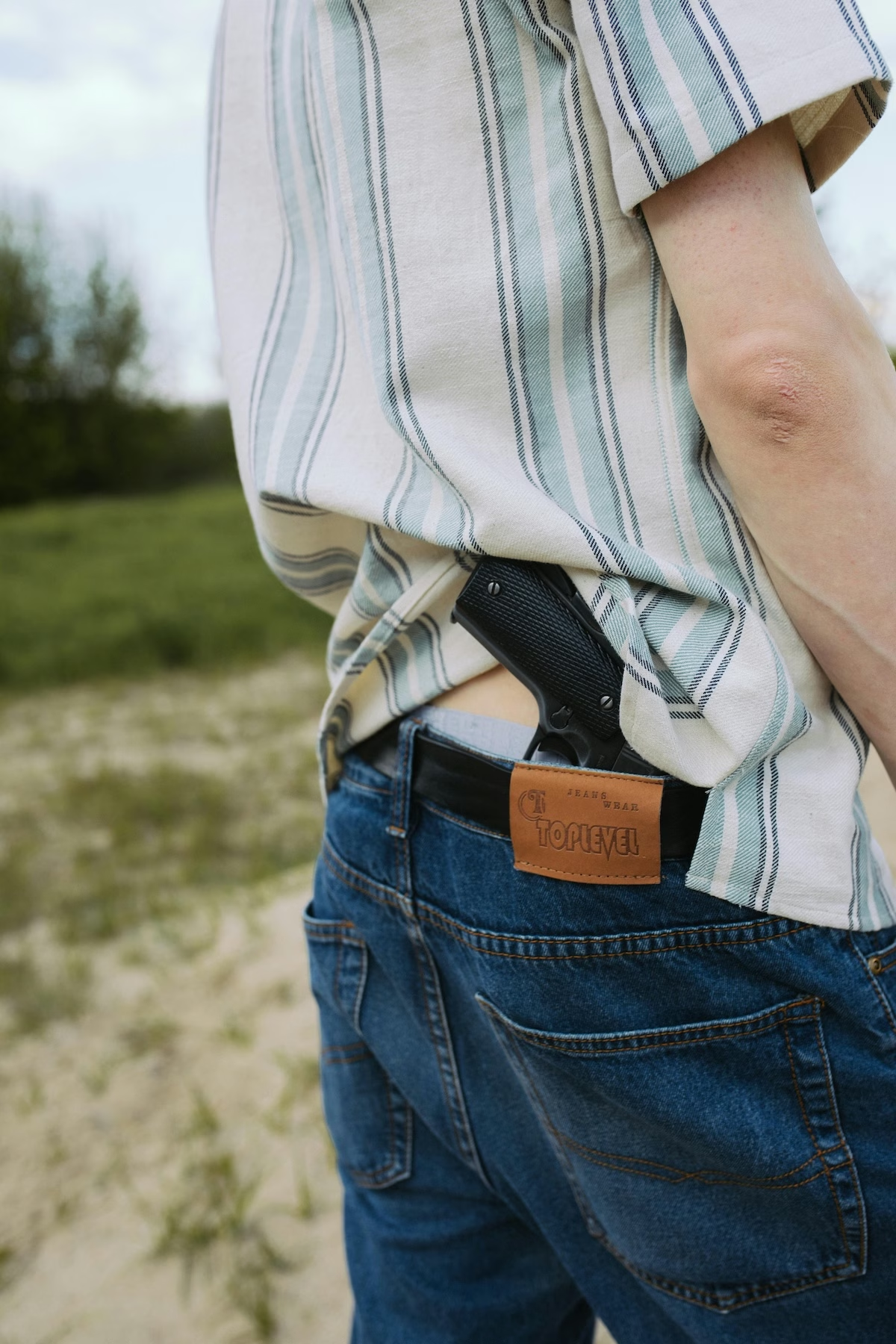
Strict and consistent control of who (and what) gets in and out, without exception, is the key. But with the state law that prohibits restricting gun carry, what are the fair boards – or any other outdoor public event organizers – to do?
As you might imagine, this dilemma is the subject of a lot of debate. A thoughtful legislative solution is the only real answer. These recent shooting incidents should be taken as a call to action for Ohio’s state legislators to pass a bill allowing the County Fair boards to self-determine and regulate whether they want to permit firearms on their own fairgrounds. Alternatively (and perhaps optimally), lawmakers could pass a bill restricting the general public from carrying firearms at all public events on county property. This solution would make these county events much safer!
To be sure, any high level of control must also be accompanied by aware, attentive, trained personnel, and, ideally, a professional security analysis to truly understand the limitations and the possibilities of the event space itself.
Whenever a large group of people congregates – especially outdoors – whether it’s at a fair, a convention, a tailgating party, a rally, and athletic event or the like, the risk of violence is an unfortunate reality. How can large event organizers upgrade security to the extent that is clearly needed, without spoiling the community atmosphere or sense of fun? How can we create a Fort Knox level of security without changing the feel of the event?

Let’s look at the key elements of large event security:
Before the Event: Advance Planning is Essential
The old Boy Scout motto “Be Prepared” is perhaps the greatest advice of all time. When we’re always ready for whatever situation befalls us, we can play our parts with confidence. When it comes to harm prevention, preparation and training give us the information and the confidence we need to implement wisely, and to respond effectively.
Choose your Venue Wisely, with Security in Mind
When selecting a venue for your event, ask:
- How secure are the building and the outdoor space?
- Is the space physically configured to enable attendees to navigate to safety easily in the event of an emergency?
- Are exits clearly marked and unobstructed in the event of a mass exodus?
Create an Emergency Action Plan
A well thought-out emergency action plan (EAP) can go a long way toward preventing harm. Whether a situation involves an isolated incident of interpersonal conflict, an active shooter, or a natural disaster, an EAP that all personnel are trained to deploy can help secure attendees’ safety quickly. EAPs should include threat identification, defining the chain of command, and outlining response plans, from handling the threat itself to moving people to safety.
Be sure to include communication protocols between security staff and other personnel, and with your public, in your EAP. Plans for any needed communication with local law enforcement authorities are also essential to work out in advance.
Learn more about Emergency Action Plans on the SACS Consulting website
Have a Physical Security Analysis Performed by Professionals
A professional security assessment of your event space and your security protocols will uncover vulnerabilities and provide information you can use to make improvements. They’ll review the security of your entrances, outdoor spaces and structures, your procedures for admitting visitors (and whether your staff are actually following them!), the technologies you’re using (or their absence) to monitor access and attendee behavior, the presence and condition of your health emergency equipment and the state of your staff training to use that equipment effectively in emergencies, and much more.
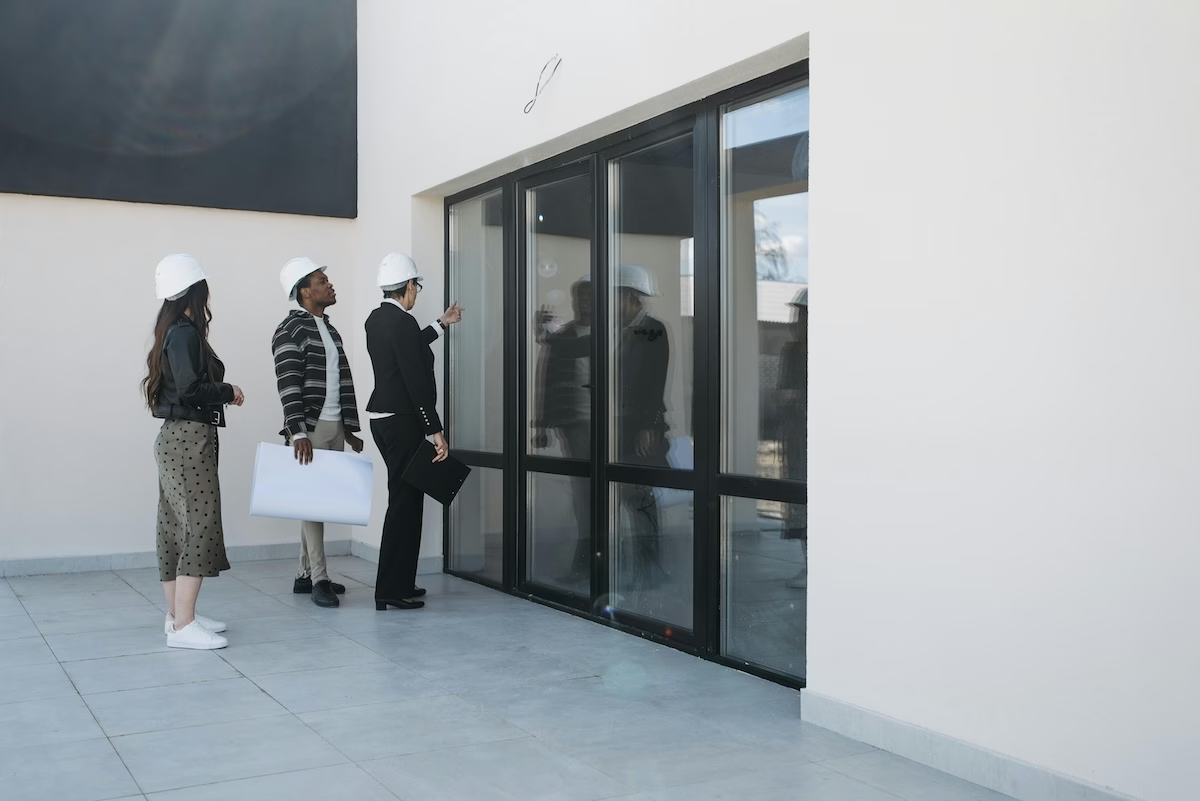
Train your Personnel – Including your Volunteers
Train ALL your event personnel in your security protocols, situational awareness, and response procedures.
Event staff that are aware of their surroundings, practiced at using security protocols, and competent at response techniques, can dramatically lower the risk of violence and injury.
You want conscientious individuals who are adept at assessing potential threats to be monitoring entrances and attendees. You want staff who are capable of deescalating aggressive behavior. You want your personnel be ready to deploy First Aid, Stop the Bleed, ALICE, and other essential emergency techniques should they be necessary. Proactive preparation saves lives.
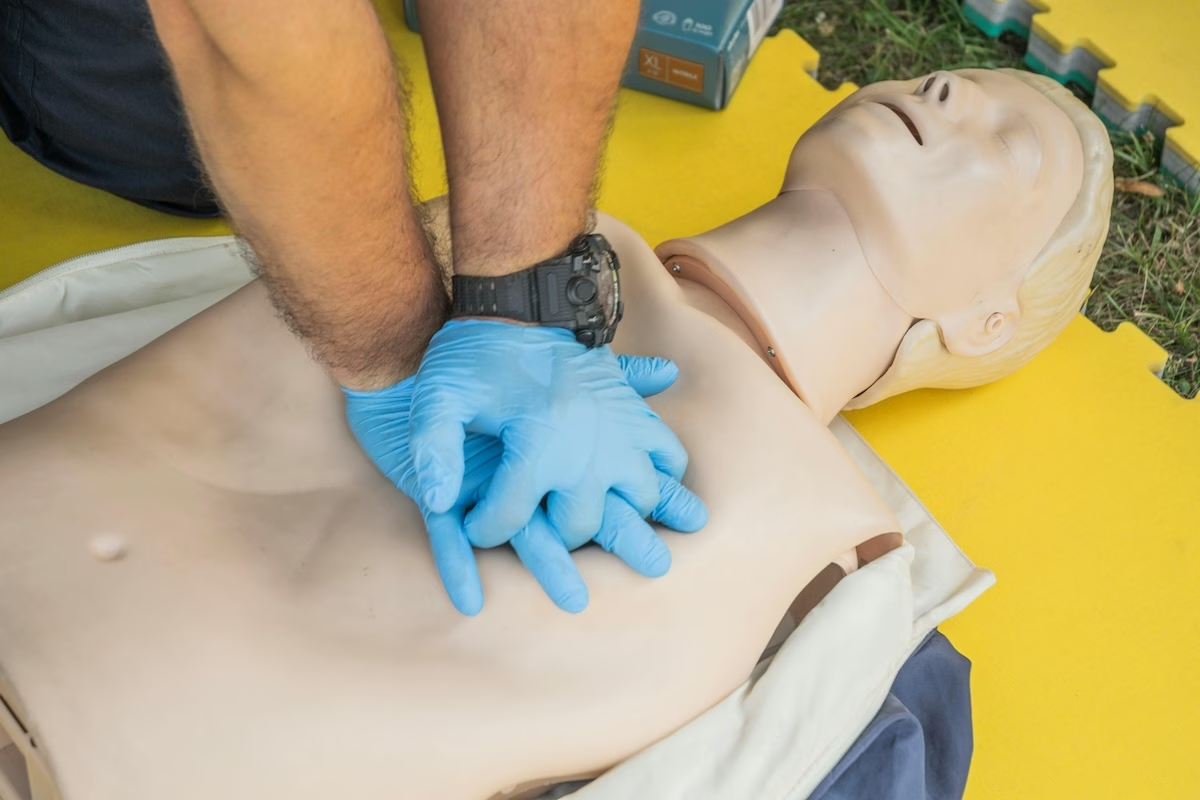
Establish an Emergency Command Center Offsite
While it may be convenient to base your emergency response team onsite, they may be the first targets for attackers. Establishing your main emergency command center offsite can help you maintain control in the face of unrest.
Assess the Social Climate
It’s critical to understand the effect of current events on the social climate in the event area. Local, national, and international goings-on can have a potential impact on your event. Are there volatile groups or individuals who might take advantage of your event to create havoc or exact harm? Monitoring the social climate can help you plan for potentially violent attendees.
During the Event: Enact your Plan Consistently
Control Access Points
Establish designated security checkpoints throughout your event venue. Staff and monitor them using well-trained personnel. While it’s more difficult to tighten security for outdoor events, it’s not impossible. Have your security personnel patrol the perimeter of your venue. They can funnel attendees to the designated security checkpoints for screening before admitting them to the event.
Communicate with your Attendees
Let your attendees know, in advance if possible, what is and is not permissible in the venue. If you are prohibiting items, from weaponry to food or anything in between, post that information clearly on all your event advertising materials, on your website and social media content, and on physical signs at the venue, especially signs leading up to your security checkpoints. Clear communication minimizes confusion and entry delays as well as potential slips in security, and leads to a smoother, safer event.
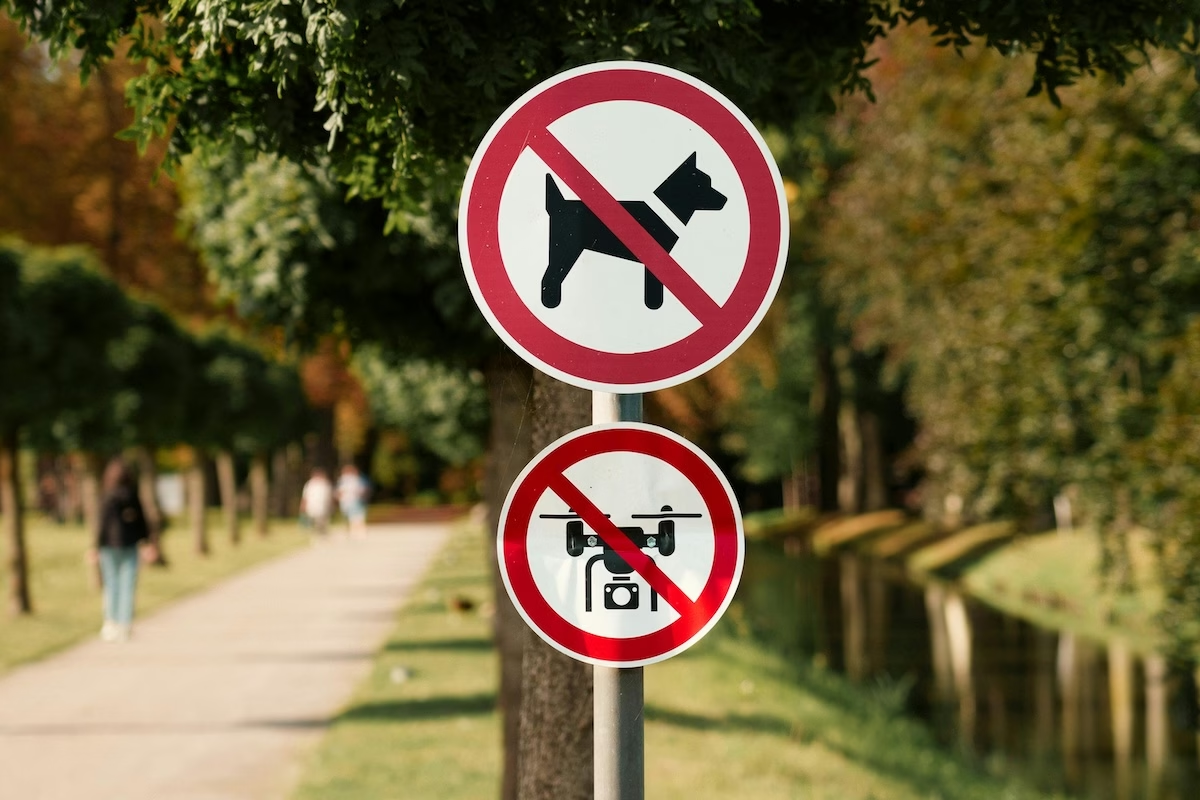
Conduct Vigilant Monitoring
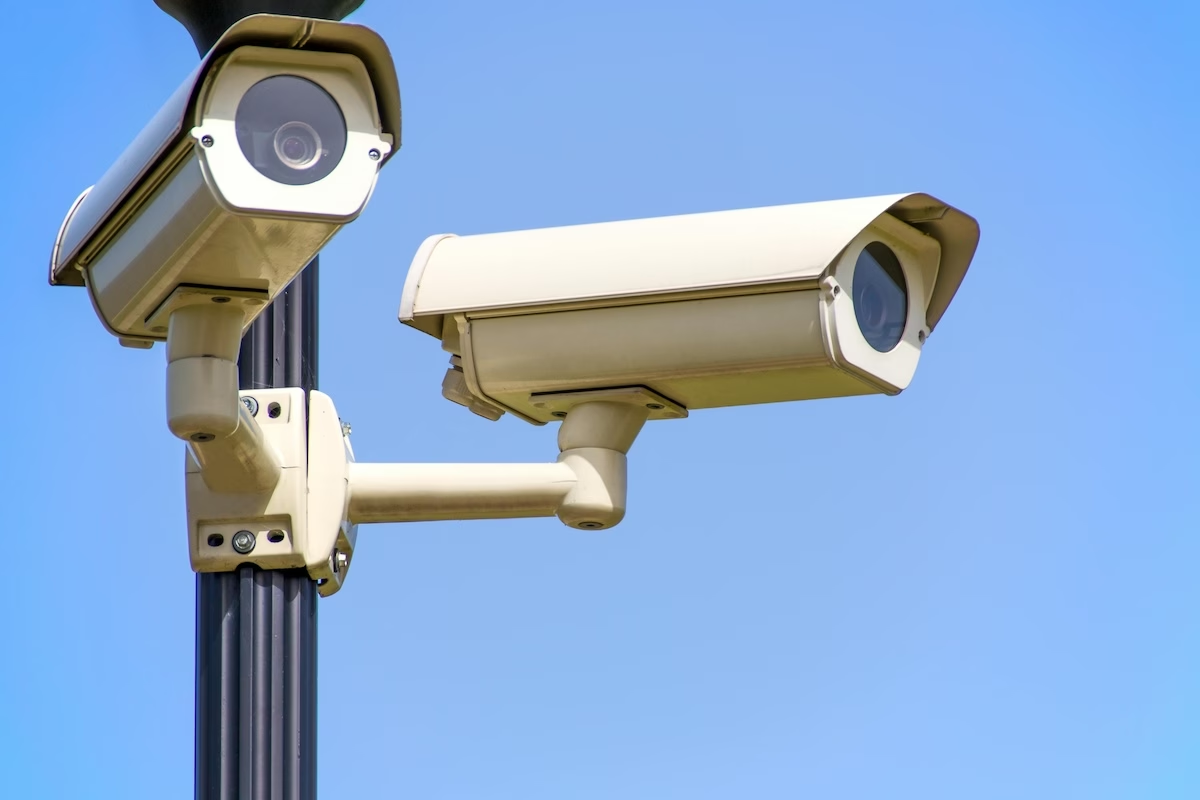
Use a layered approach to effect comprehensive monitoring. Security cameras for electronic surveillance, installed by experts who can also train your personnel on their use, can enable you to monitor the event grounds for suspicious activity before, during and after the event. Security personnel trained to recognized and diffuse aberrant or aggressive behavior at the event’s access points can stop potential violence at the door. “Someone” should be watching attentively until everyone has exited the venue and surrounding areas like parking lots.
Be sure to keep your entire staff (and law enforcement, if necessary) apprised in real time as to what’s happening! That way, everyone has the information they need to respond appropriately.
After the Event: Analyze your Work!
Did your plan succeed? Where are the gaps, if any, that need adaptation before your next event? Have you asked for feedback from your attendees, staff and volunteers? Do you need to bring expert help in to hone your plans for the next big event? Follow up is an important part of consistent readiness.
Need help keeping your next event safe and secure?
The experts at SACS Consulting can help your organization prepare, train and implement sound security procedures for your next event. From security assessments of the venue to teaching your personnel how to de-escalate aggressive behavior and deploy life-saving first response techniques, SACS can help you ensure everyone will be safe at your next event.
The best time to beginning planning for safety is long before you need it in place. Contact SACS or call 330-255-1101 and speak with a security expert to get started.
